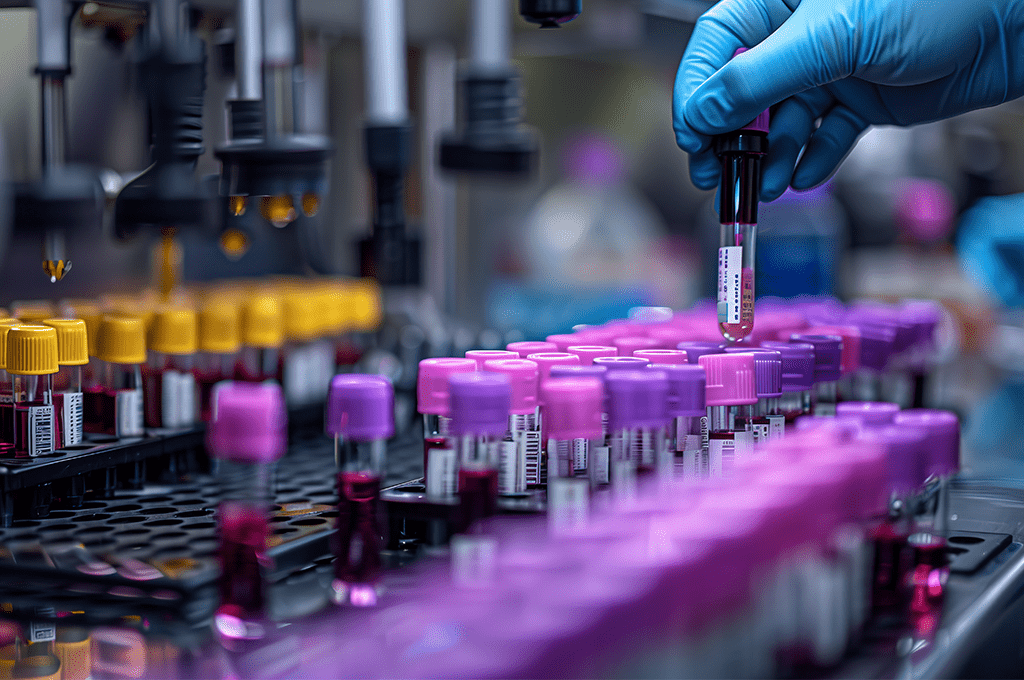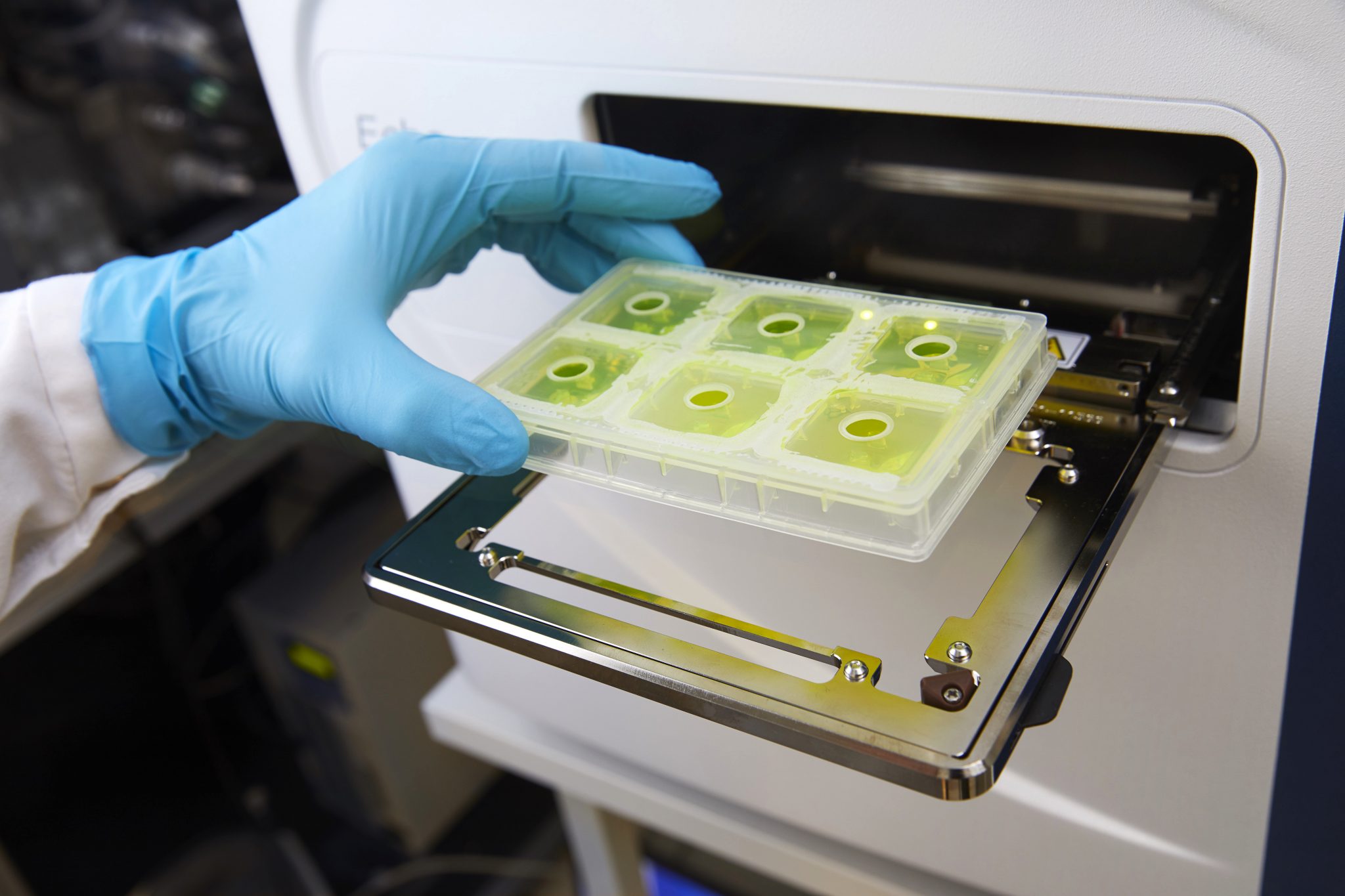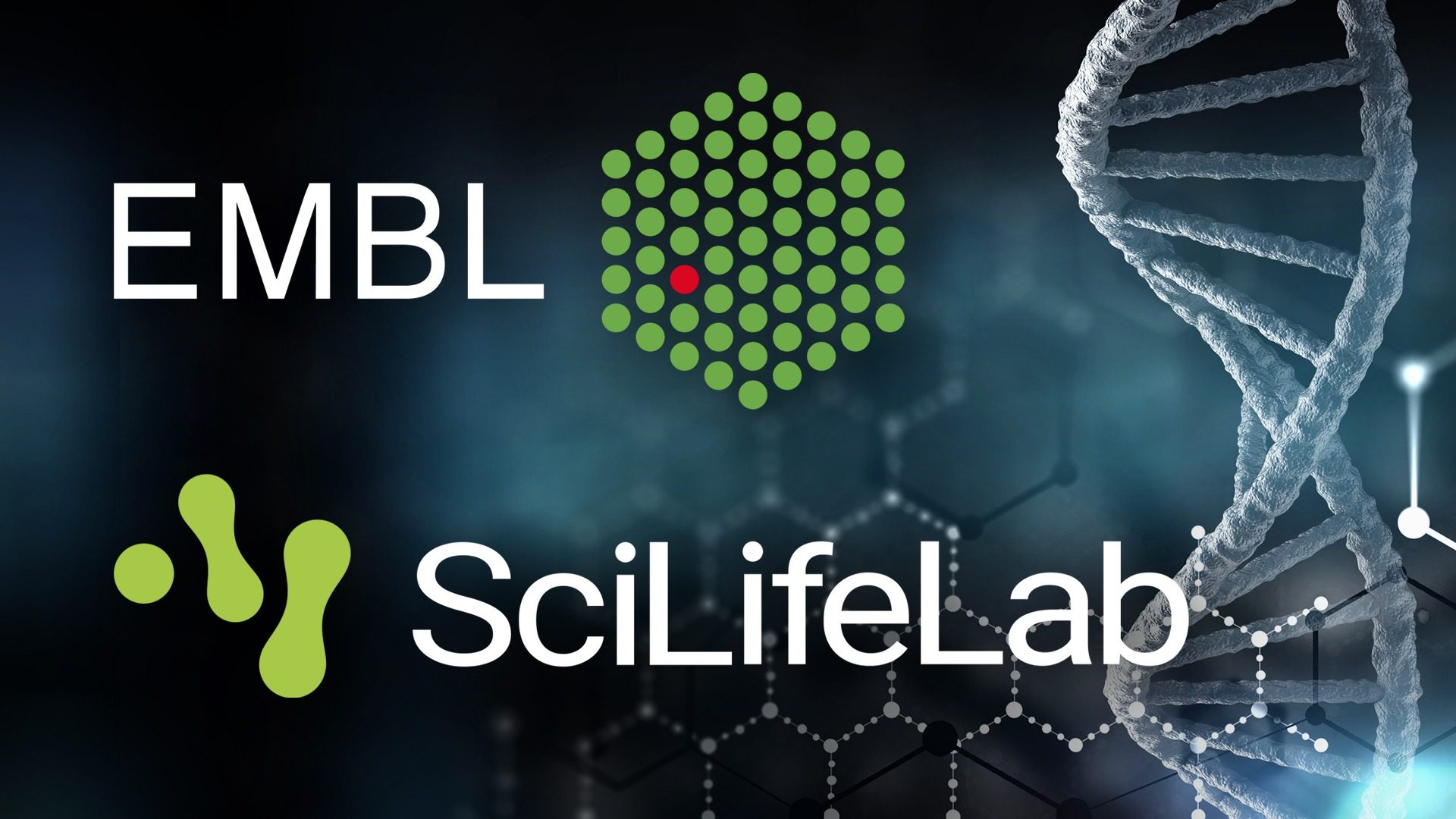Genes involved in oyster shell formation identified
A novel paper by Pierre De Wit from the University of Gothenburg reveals 37 genes correlated with shell formation in the early development of Pacific oysters (Crassostrea gigas). The study, enabled by the National Genomics Infrastructure (NGI) and National Bioinformatics Infrastructure Sweden (NBIS) of SciLifeLab, utilized a RNA-Seq approach to map the process where unprotected oyster embryos start to develop shell structures.
The experiments were carried out under acidified water conditions to delay the oyster’s shell formation process. Samples for analyses were taken every two hours in order to obtain a high temporal resolution. Some of the identified genes are previously known to be involved in the development of oyster shells, but the study also presents novel gene candidates. The data suggest that the shell formation mechanism can be divided into three different main parts, namely 1) transport of ions across plasma membranes, 2) secretion of shell matrix proteins and 3) production of protease inhibitors.
This work provides a foundation for further studies on how genetic variation in the identified genes could affect the fitness of oyster populations subjected to environmental changes, such as ocean acidification.
Read the full paper in BMC Genomics




